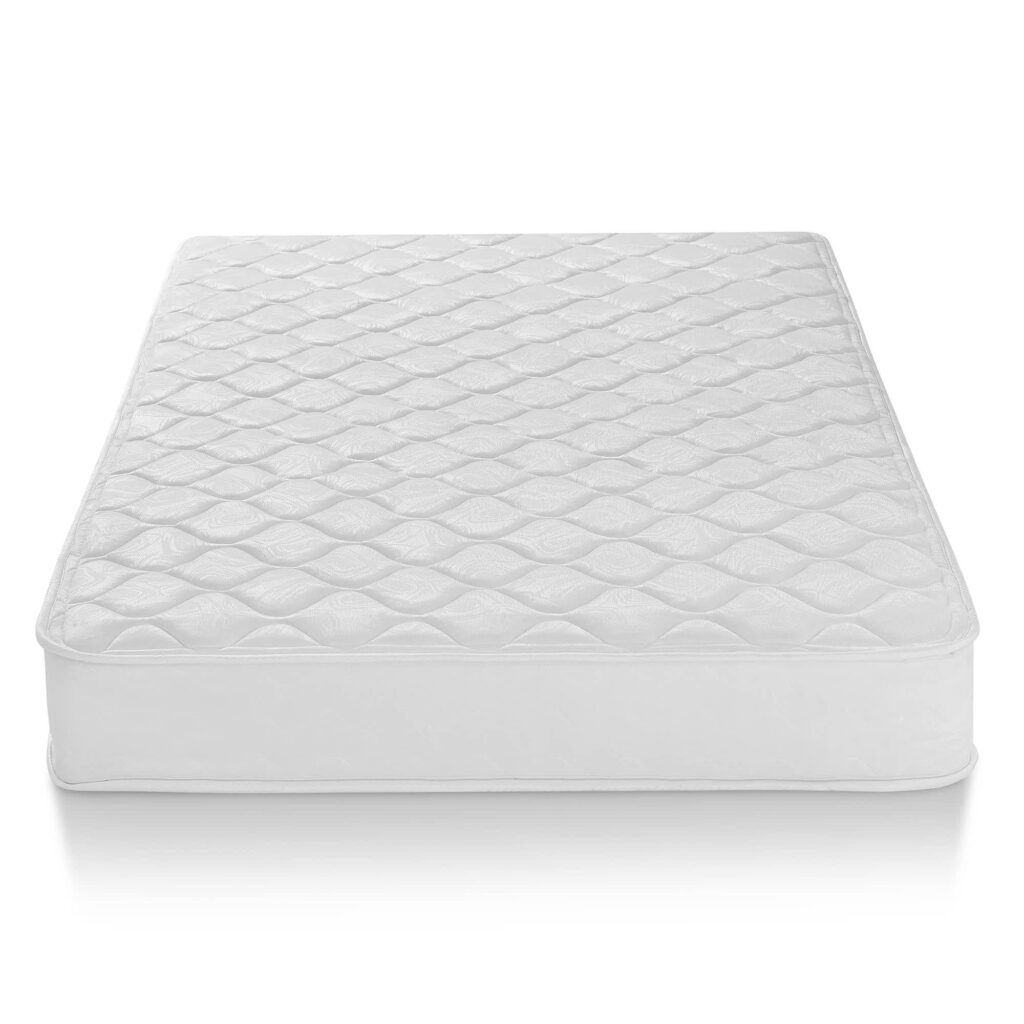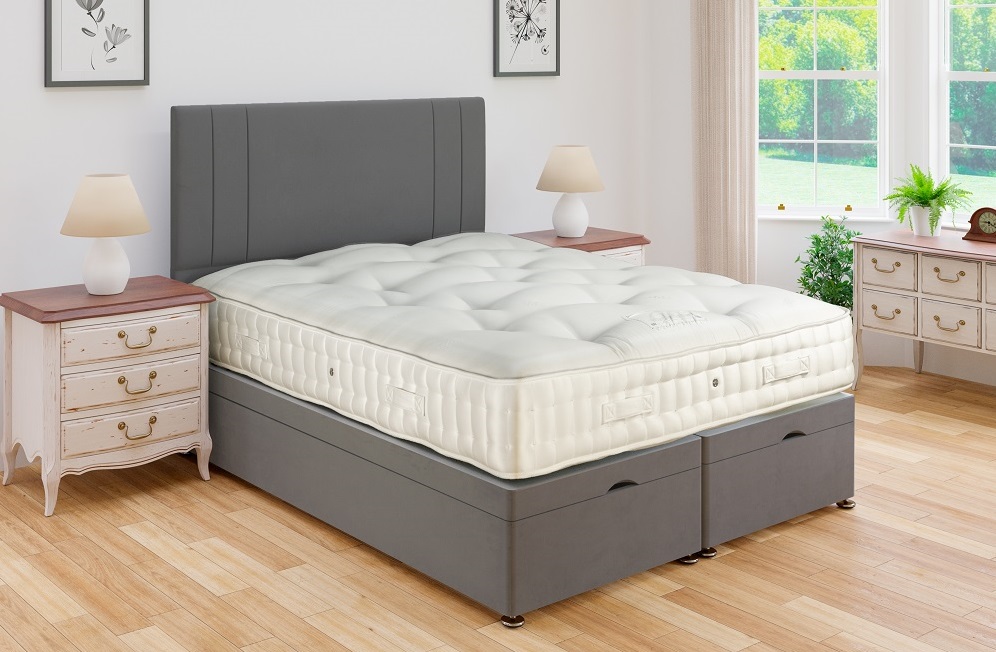Choosing the Perfect Mattress for a Restful Sleep
When it comes to achieving restful and rejuvenating sleep, one often underestimated factor is the mattress you sleep on. A mattress is not just a piece of furniture; it’s the foundation of your sleep quality. With a wide range of options available in the market, selecting the perfect mattress can be a daunting task. In this article, we’ll explore the essential aspects to consider when choosing a mattress that suits your unique needs and preferences.
The first step in selecting the ideal mattress is to understand your sleep style. Are you a side sleeper who prefers curling up? Perhaps you sleep on your back, or you may be someone who enjoys a stomach-down position. Your sleep style plays a crucial role in determining the type of mattress that will provide you with the best comfort and support. For example, side sleepers often benefit from softer mattresses that cushion their pressure points, while back sleepers may prefer a firmer surface to maintain spinal alignment.
Mattresses are made from various materials, each offering unique benefits. The most common types include innerspring, memory foam, latex, and hybrid mattresses. Innerspring mattresses are known for their traditional bounce, while memory foam mattresses contour to your body’s shape, providing excellent support and reducing motion transfer. Latex mattresses are durable and offer a natural, hypoallergenic option, and hybrid mattresses combine different materials to provide a balanced sleep experience. Consider your comfort preferences, allergies, and any sensitivities when selecting the material that suits you best.

The firmness of a mattress shop near me is another critical factor to consider. Mattresses typically range from soft to firm on a scale of 1 to 10, with 1 being extremely soft and 10 exceptionally firm. Your ideal firmness level depends on your sleep style and personal comfort preferences. As mentioned earlier, side sleepers often prefer softer mattresses (around 3-5 on the firmness scale) to relieve pressure on their hips and shoulders. Back and stomach sleepers may opt for medium-firm to firm mattresses (around 6-8) to maintain spinal alignment and prevent sinking.
If you tend to sleep hot or live in a warm climate, consider a mattress with temperature regulation features. Memory foam mattresses, while comfortable, can trap heat. Look for mattresses with cooling gel infusions or breathable materials to keep you cool during the night. Some mattresses even have advanced cooling technologies that actively dissipate heat, ensuring a more comfortable sleep experience.
If you share your bed with a partner, you’ll want a mattress that minimizes motion transfer. This means that when your partner moves or gets in and out of bed, you won’t be disturbed. Memory foam and latex mattresses are excellent choices for reducing motion transfer, as they absorb movements and isolate them to a specific area. If you or your partner is a restless sleeper, this feature can be a game-changer for peaceful nights.
